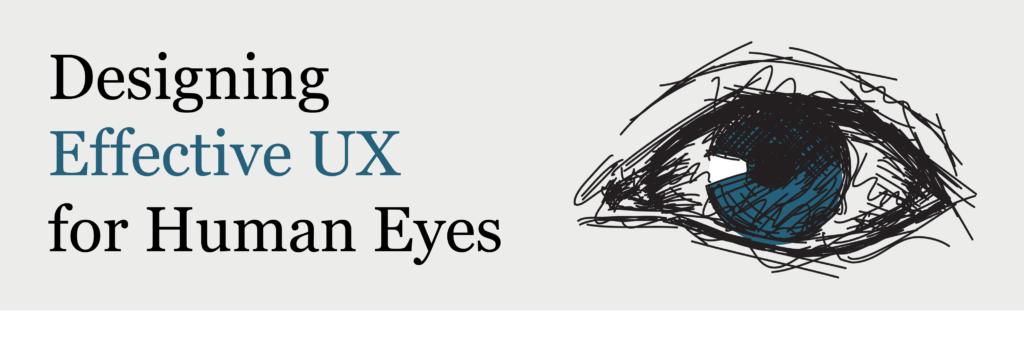Here are top 10 most read UX Magazine articles in Q3 of 2022. This collection of articles was read, shared and discussed the most.
Thank you to these 10 authors for contributing perspective, ideas and best practices that the UX Magazine community found so helpful and engaging.
1.How to Design for Human Aging: 5 Methods for Inclusive Digital Experiences by Alina Karl

Adoption of digital technologies is still on the rise among older users. “That’s just me though… it’s due to age.” This what older users tend to say when trying to adopt to digital technologies. So how can we avoid ageism and design without bias? Learn 5 methods for inclusive digital experiences
2. Human-Centered Design Is Broken. Here’s a Better Alternative by Jesse Weaver

Human-centered thinking keeps us locked in our human-centered bubble. We need to break out. So how about using bee-centered design instead? Learn why human-centered design is no longer working and how bee-centered thinking might help us recover.
3. How To Research So PMs Will Listen by Lindsey Wallace

UX and Product management are inseparable. So to make it work, you might need to think of your PMs the way you think about the people you study and try to understand them. Read more tips on how to build an effective partnership with PMs in the article.
4. Designing Effective UX for Human Eyes by Habil Emmanuail

The more we design according to the visual processing of the human being, the more we design for a great user experience. See how to use human abilities to help them understand the interface in a better way.
5. Creating Usability with Motion: The UX in Motion Manifesto by Issara Willenskomer

If you still think that motion design is only about UI animation, here is a great read for you. Explore 12 specific opportunities to support usability in your UX projects using motion.
6. How Snapchat and Netflix Break UX Design Principles by Kumar Shubham

The principles of user experience are like the directions for a recipe but for great design”. But who says there is harm in occasionally breaking them of it’s for the good cause? Read more in the article.
7. Design Token Thinking by Mark Cianfrani

Design tokens aren’t just something that you can easily retrofit into your existing wardrobe. They require an entirely new way of thinking and working. Here is what you need to do in order to make them work.
8. How to Redesign an App: When to Do It and What to Start With by Kateryna Mayka

It’s a well-known fact that in some cases changing the design really makes wonders. Learn more on how to avoid doing a redesign just for the sake of a redesign.
9. Human-Centered Design Dies at Launch by Jesse Weaver

Bad things happen as we stop solving people problems and start solving business problems. So what’s wrong with so called human-centered design now and why many organizations wearing the badge of human-centered design with pride sounds good only on paper?
10. Design Thinking With Yoda by Rich Nadworny

Design or do not, there is no try. Doing is design thinking. But what Yoda has to do with it and is he the real groundwork of design thinking?
Thank you Alina Karl, Jesse Weaver, Lindsey Wallace, Habil Emmanuail, Issara Willenskomer, Kumar Shubhamand, Mark Cianfrani, Kateryna Maya and Rich Nadworny for writing such useful material.








